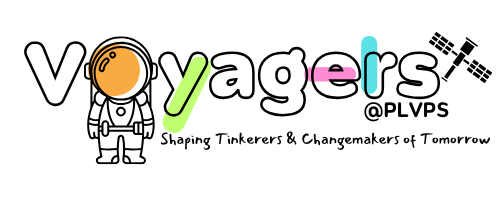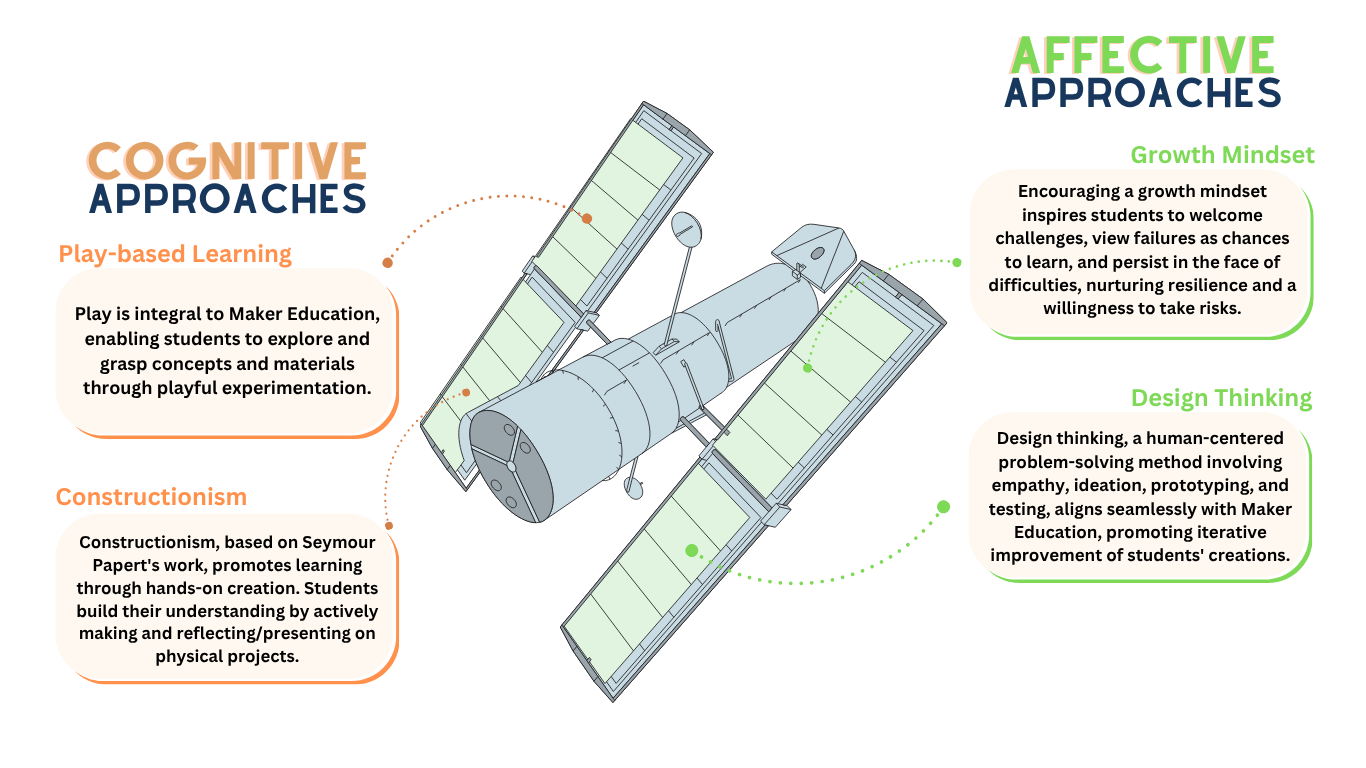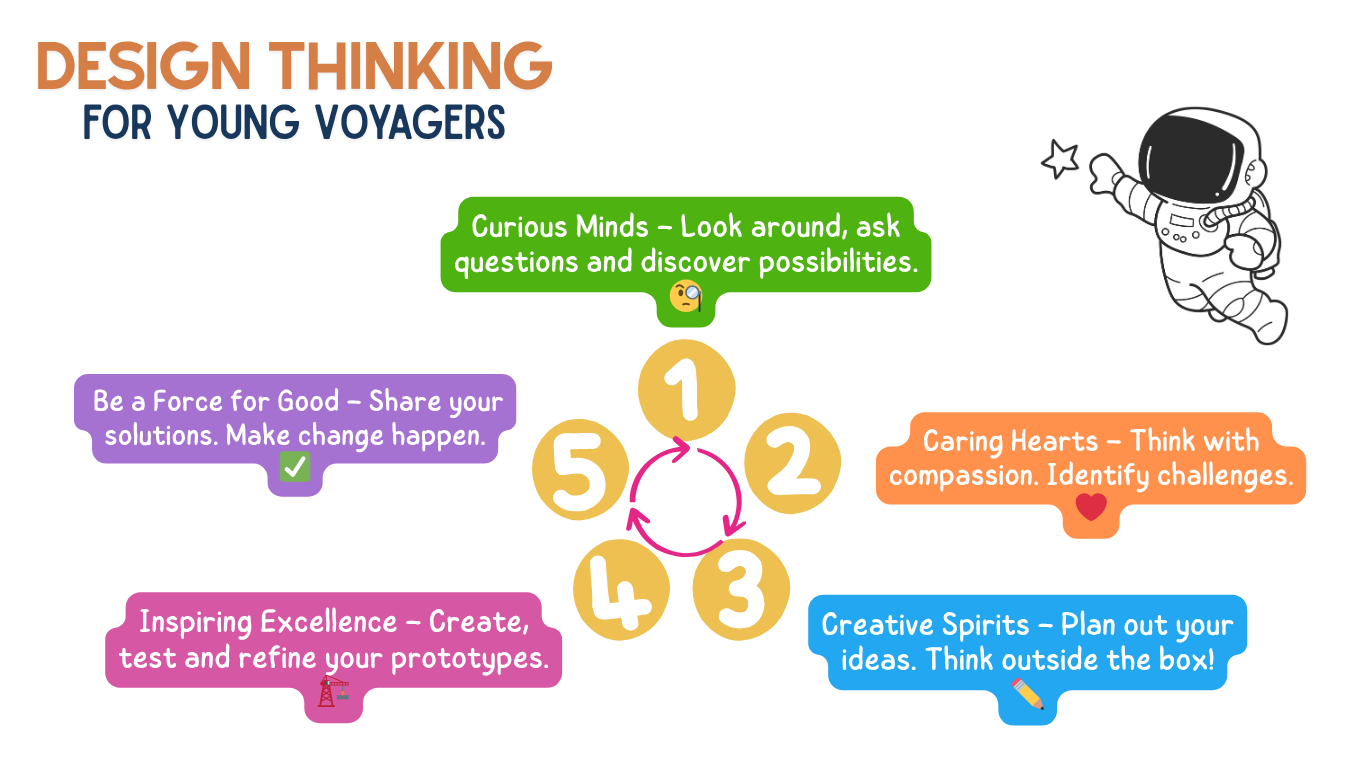APPLIED LEARNING PROGRAMME
APPLIED LEARNING PROGRAMME

Voyagers@PLVPS is Palm View Primary School’s Applied Learning Programme (ALP), fostering 21st Century Competencies (21CC) through experiential learning. Grounded in Design Thinking and Constructionism principles, the programme empowers students to tackle real-world challenges, experiment with ideas, and develop innovative solutions.

At the heart of Voyagers@PLVPS is the conviction that every child possesses the capacity to be a curious learner, problem solver, and creative thinker. Through integrated projects and maker challenges, students apply cross-disciplinary knowledge spanning English, Mathematics, Science, and Art. They harness both traditional and digital tools—from LEGO and recyclable materials to 3D pens, Micro:bits, and 3D printers—to create prototypes and transform their ideas into tangible solutions. This blend of physical and digital creation strengthens students’ technological competencies while developing essential 21st-century skills such as critical, adaptive and inventive thinking, collaboration and information skills, and digital competencies.
Central to Voyagers@PLVPS is the Design Thinking Framework for Young Voyagers—a student-centred approach guiding learners through a structured yet imaginative process of problem-solving and innovation. This framework, tailored to primary school students’ developmental needs, nurtures them to become empathetic tinkerers and changemakers of tomorrow.

One of the key strengths of Voyagers@PLVPS lies in its intentional integration of subject areas, allowing students to make meaningful connections across disciplines while engaging in creative problem-solving and hands-on making.
| Subject Area | Level | Programme |
|---|---|---|
| English Language | Primary 1 and 2 | Students construct models that represent their acquired vocabulary and present these creations to their peers, enabling them to articulate their thought processes and strengthen their communication skills |
| Mathematics | Primary 4 | Students craft three-dimensional structures using 3D pens, enhancing their understanding of spatial relationships and ability to visualise shapes in three dimensions. |
| Tinker@Voyagers | Primary 4 (Selected Students) | In collaboration with the James Dyson Foundation, students explore scientific and engineering principles through open-ended tinkering, 3D modelling and printing. |
| Art | Primary 6 | Students design personalised bubble wands using 3D pens, combining creative making with mindfulness practice. Through the gentle art of bubble-blowing and controlled breathing, they discover practical self-regulation strategies that support their emotional wellbeing. |
| MuMaker | Primary 6 | Building on the school’s upcycling programme, students design innovative prototypes for environmental solutions by combining upcycled materials with micro:bit technology. |

